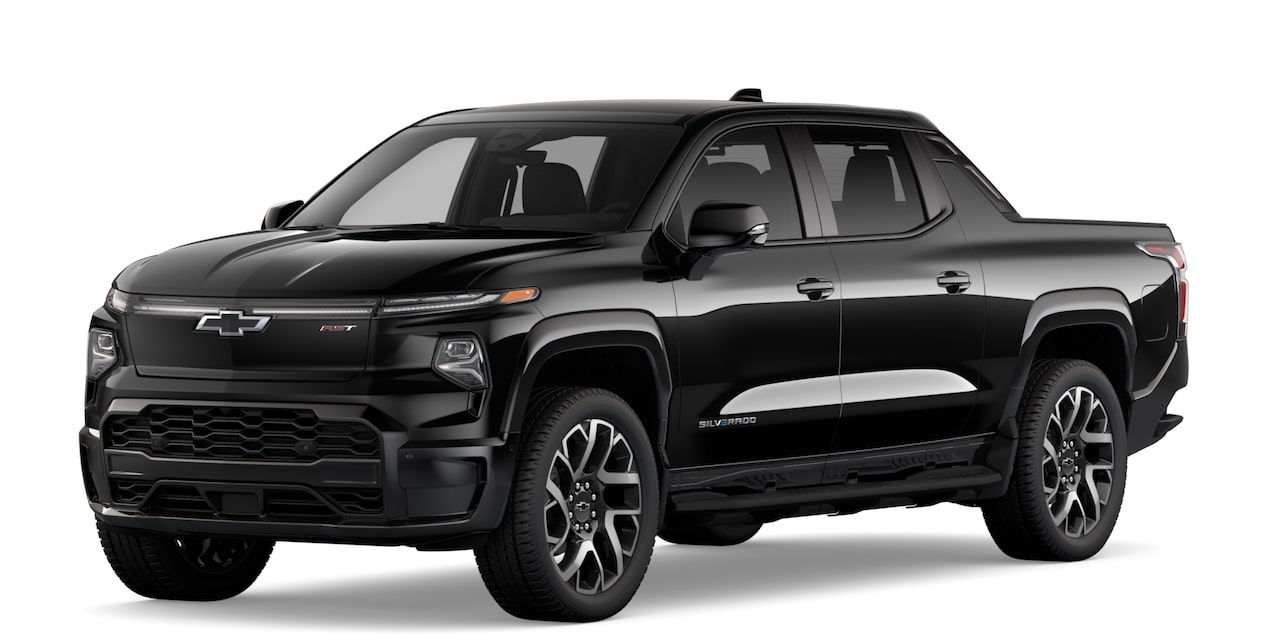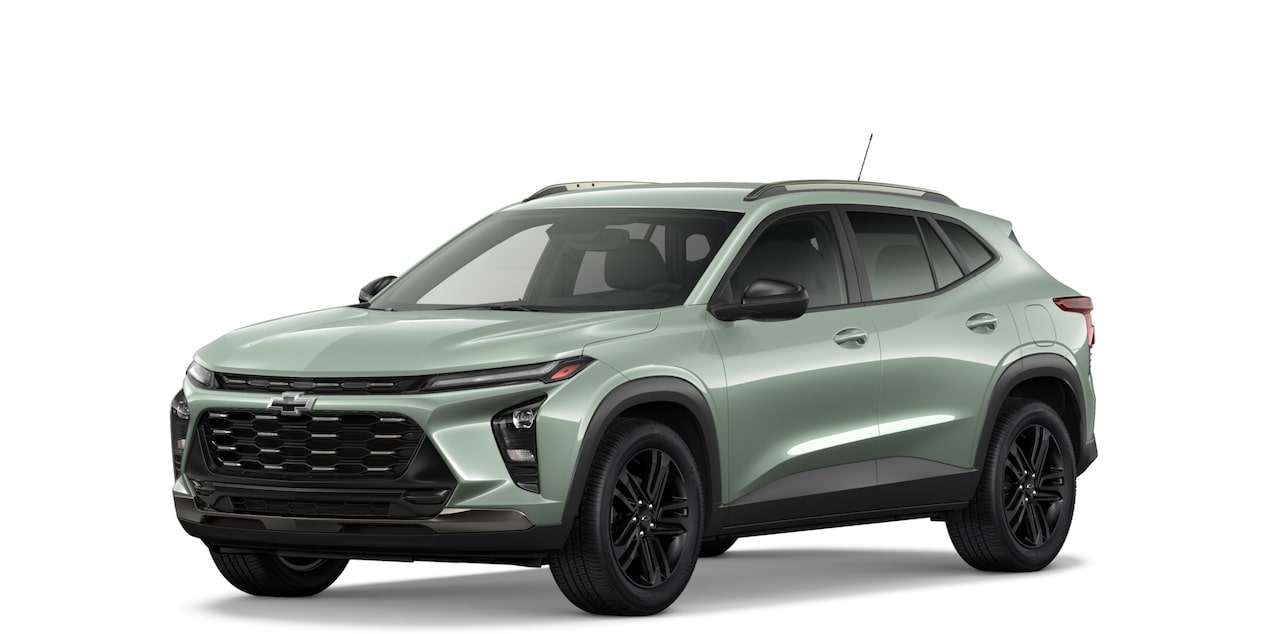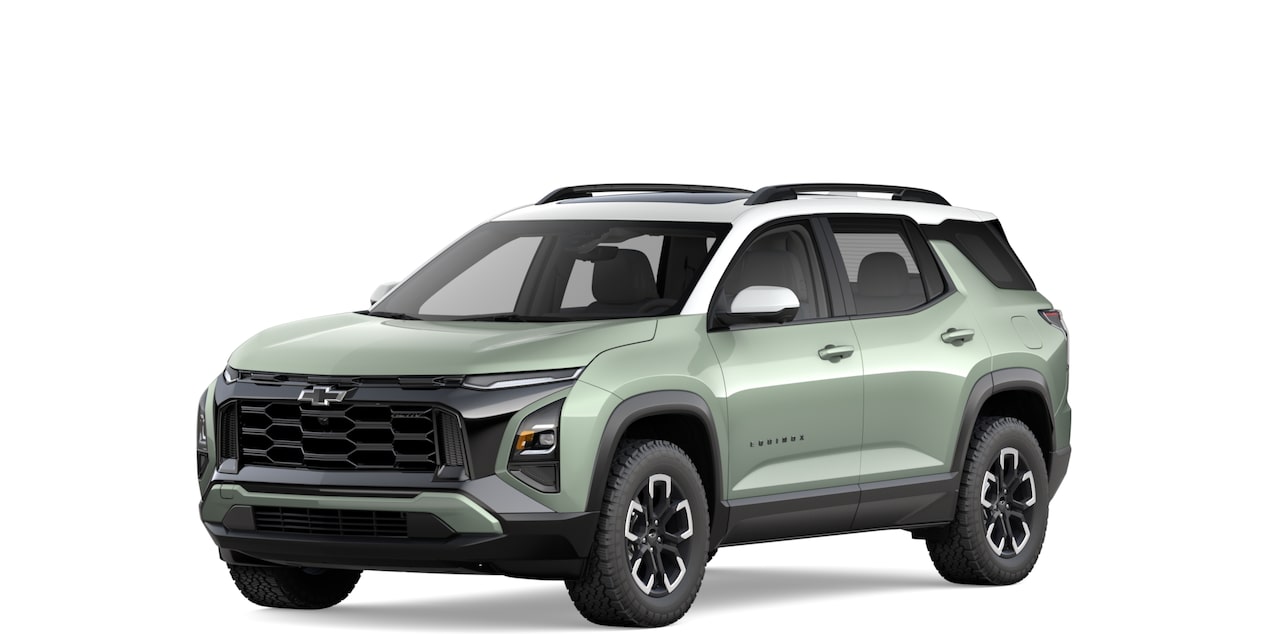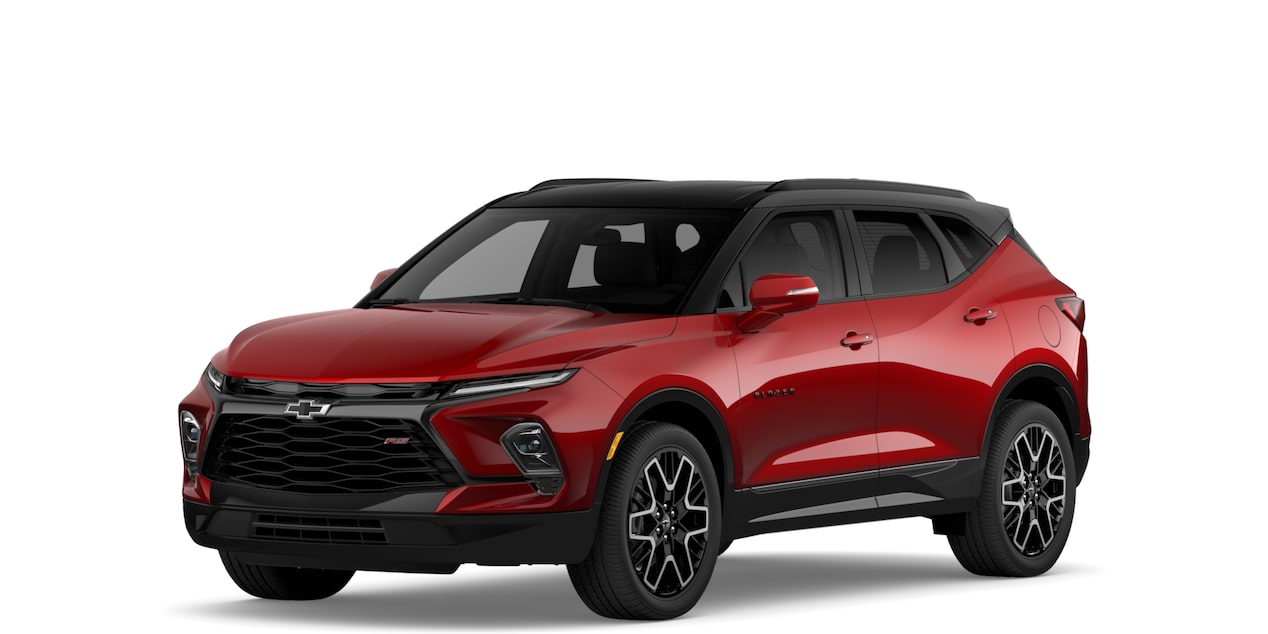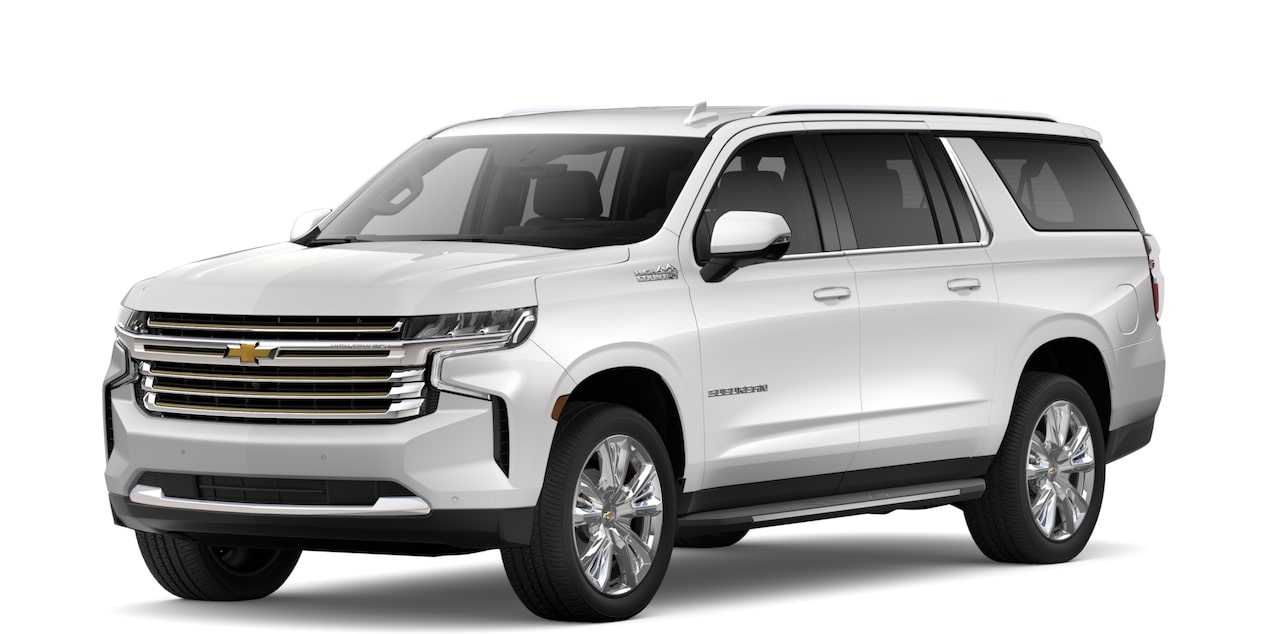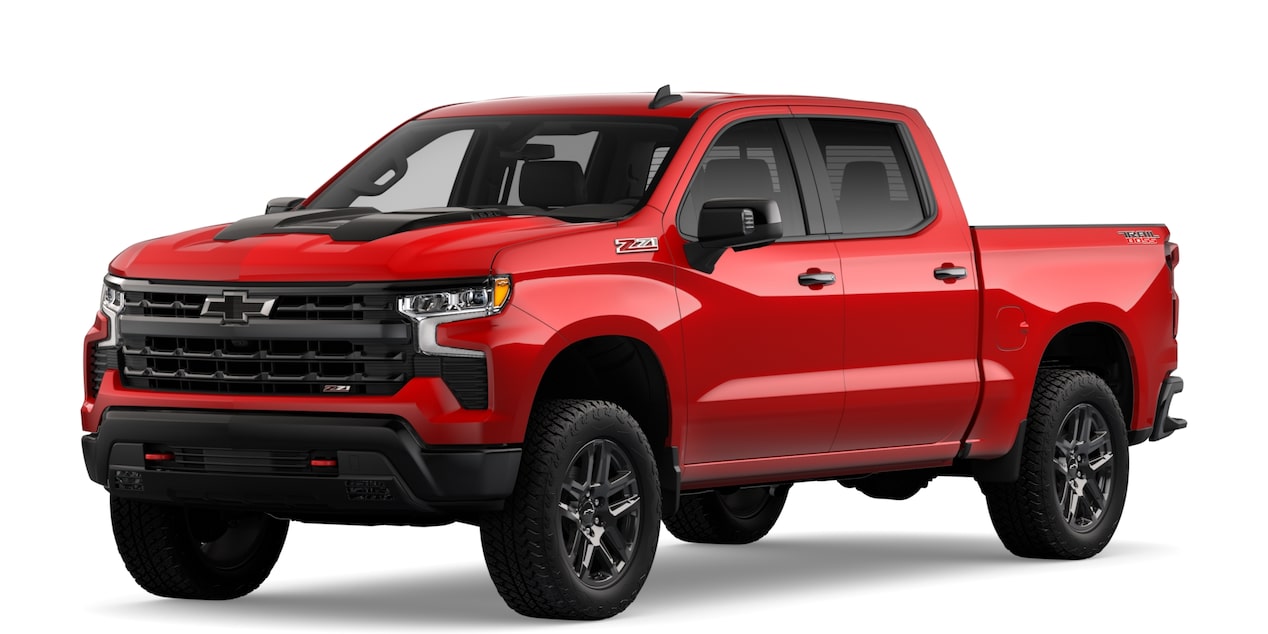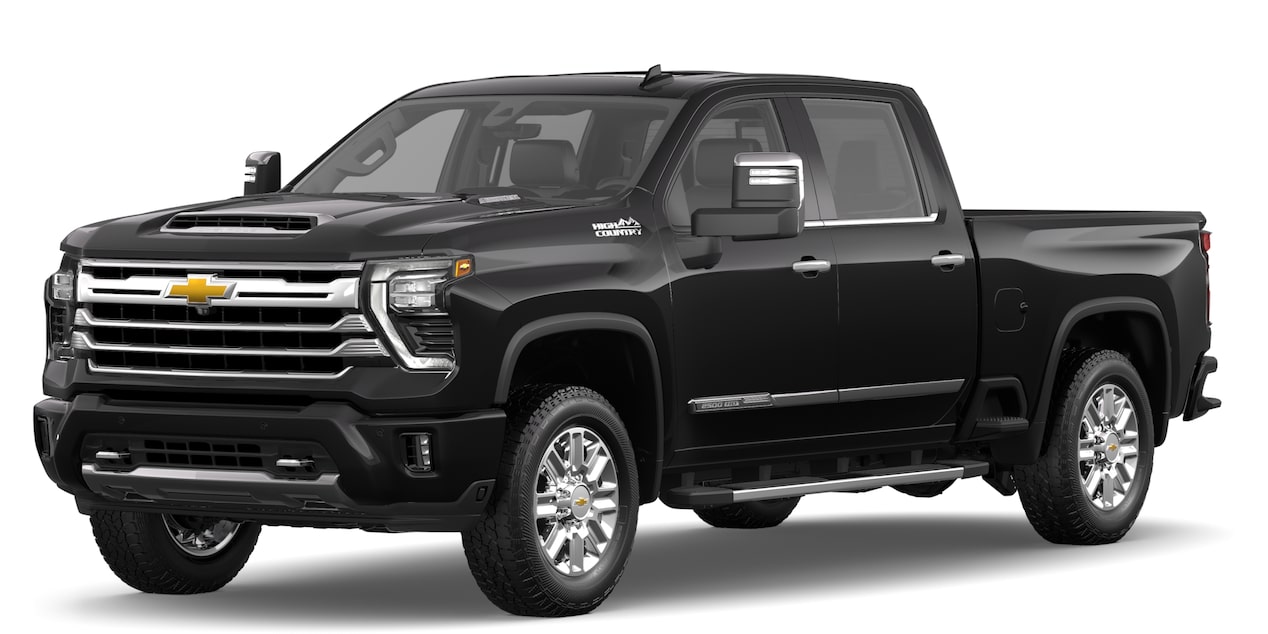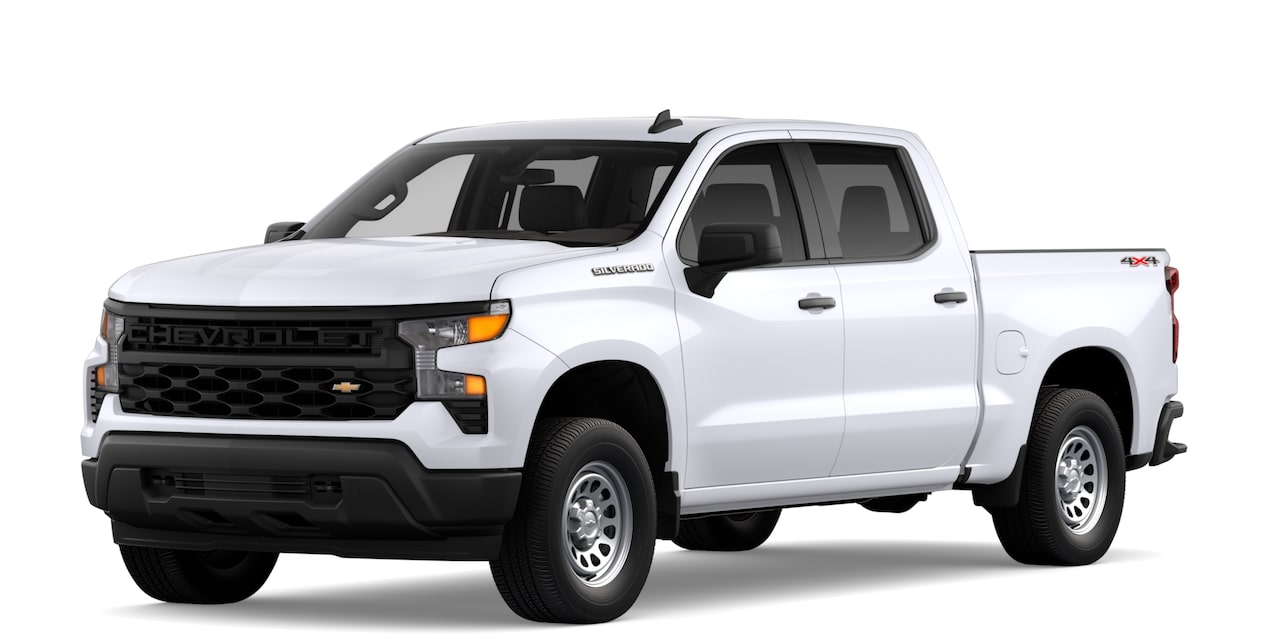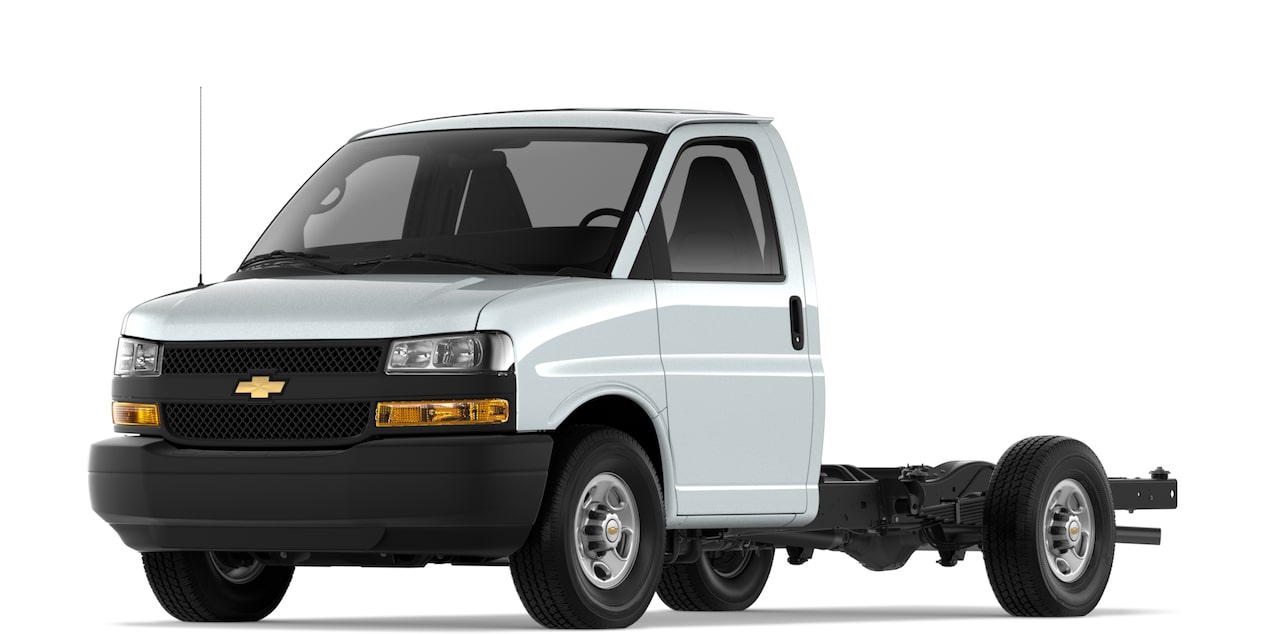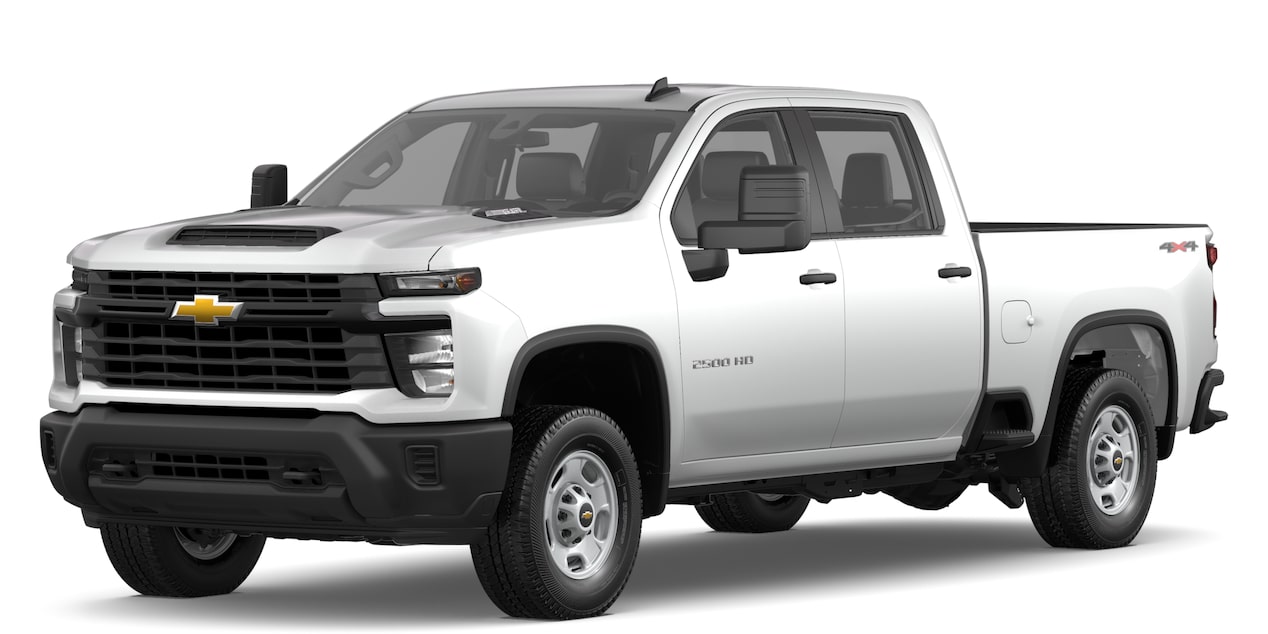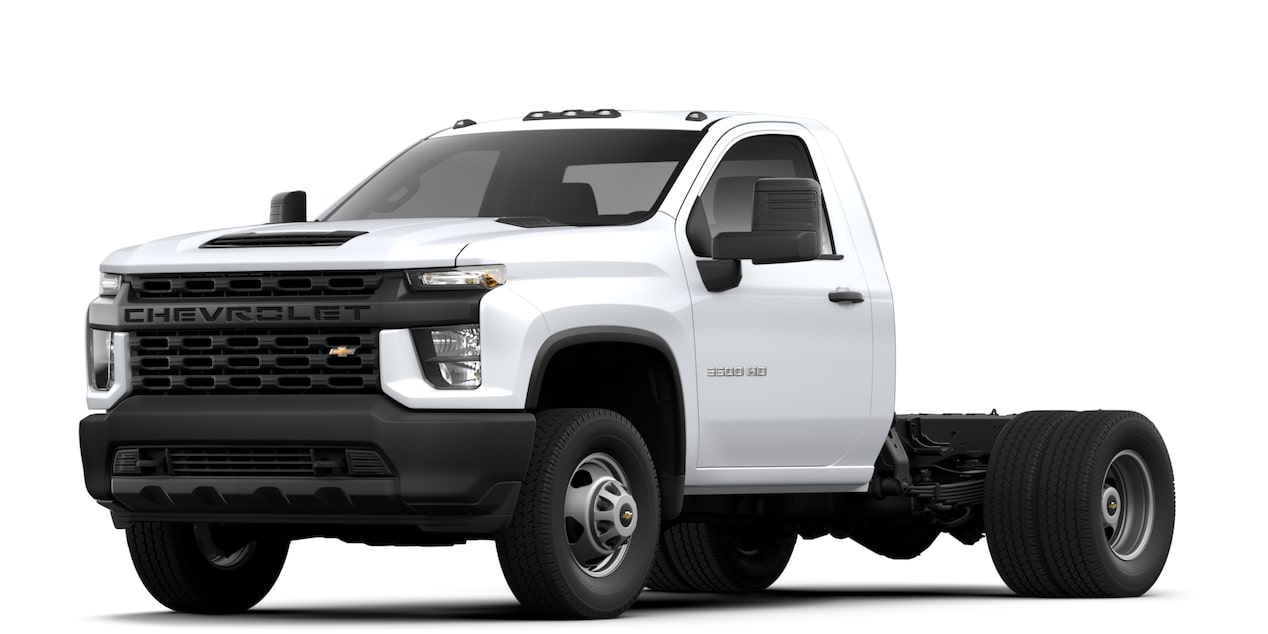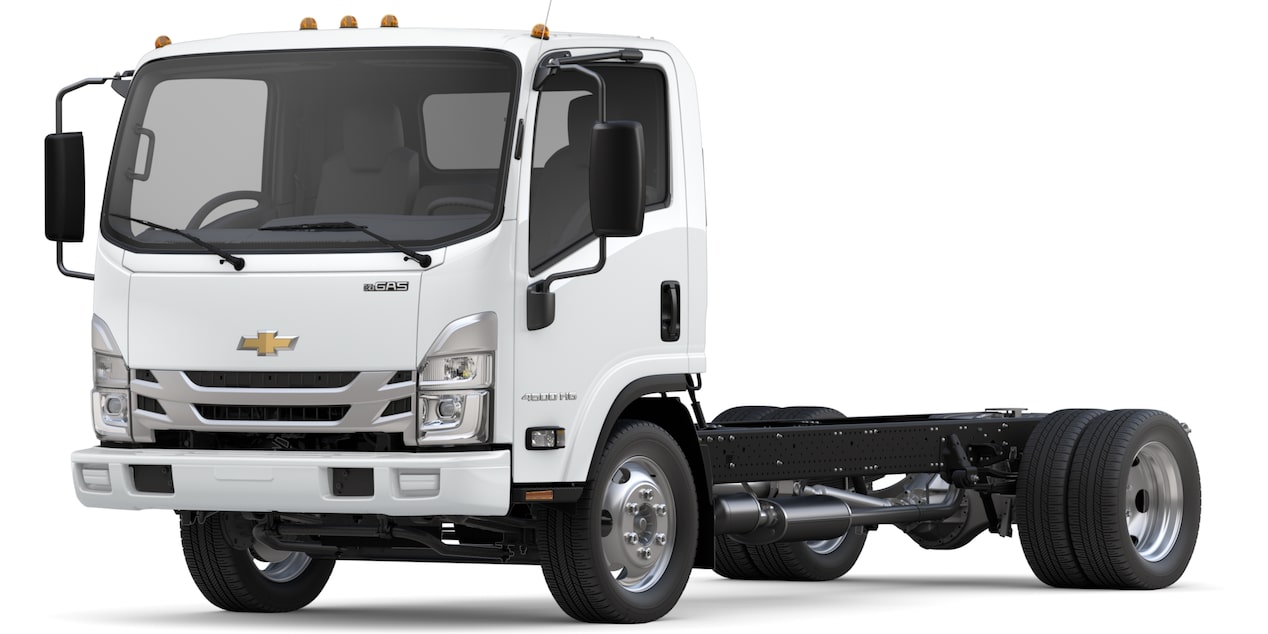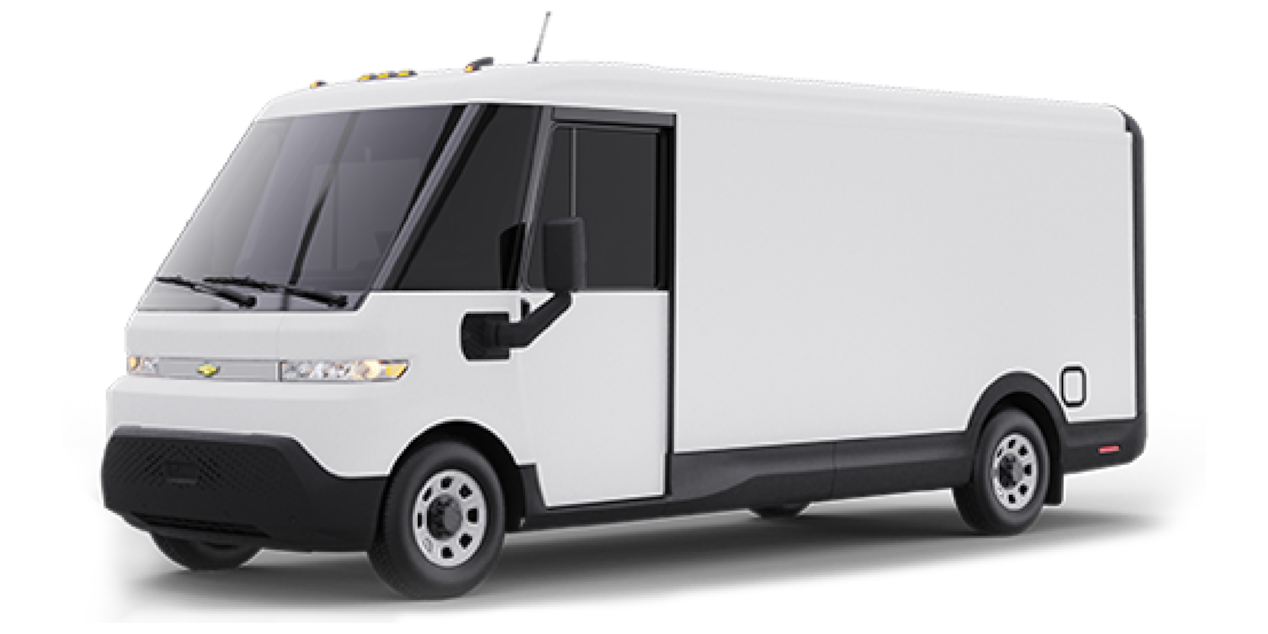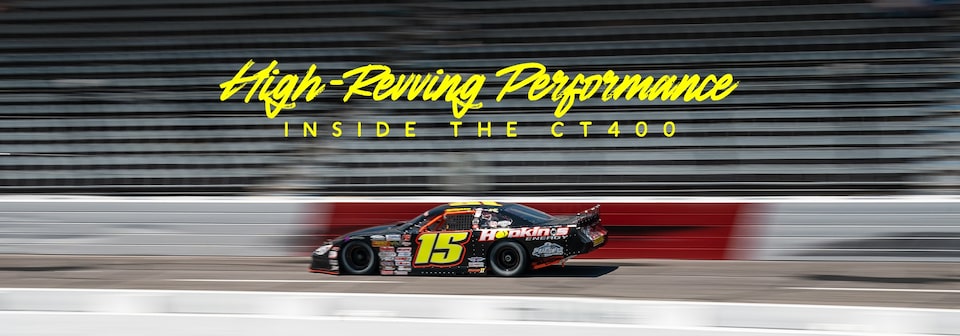
Published: 4/10/2023
Q&A with Laura Wontrop Klauser: GM Sports Car Racing Program Manager
Author: DAN HODGDON
Photos: LUCAS PRIAMO
Share on
Share on
Visit us at
Visit us at
Laura Wontrop Klauser has a lot on her plate. As the GM Sports Car Racing Program Manager, she is responsible for overseeing the Cadillac Racing, Corvette Racing and Camaro GT4.R programs. Handling just one of those efforts is impressive, but all three is herculean.
Laura Wontrop Klauser has a lot on her plate. As the GM Sports Car Racing Program Manager, she is responsible for overseeing the Cadillac Racing, Corvette Racing and Camaro GT4.R programs. Handling just one of those efforts is impressive, but all three is herculean.

The Cadillac Racing program is one several Laura Klauser oversees.
Klauser has been with General Motors since 2008. She started in motorsports in 2016 as the program manager for the Cadillac ATS-V.R effort in what was then the Pirelli World Challenge Series (now GT World Challenge). She then moved to Cadillac's prototype program in the IMSA WeatherTech SportsCar Championship, referred to at the time as DPi, or Daytona Prototype international. The Camaro GT4.R was soon added to her responsibilities as well. In January 2021, Corvette Racing was also brought into the mix, and Klauser officially started in her newly created current role.
She's been a part of much success in her time working with GM's motorsports programs, but now is perhaps busier than ever. This year, Cadillac Racing transitioned to the Cadillac V-Series.R, its third-generation prototype race car to enter competition. The car is competing in the headlining prototype classes in two of the preeminent sports car sanctioning bodies in the world: the North American-based IMSA WeatherTech SportsCar Championship and the globetrotting FIA World Endurance Championship, or WEC. The classes are known as GTP in the IMSA ranks and Hypercar in WEC competition.
The Cadillac is built to LMDh (Le Mans Daytona hybrid) specs, which currently is what all entrants are running in IMSA. In WEC, the Cadillac competes with vehicles built on the LMH (Le Mans Hypercar) platform. The primary differences between the two are that LMDh cars are required to utilize a common hybrid system and must select a chassis from four licensed chassis suppliers (Cadillac uses a Dallara), while LMH cars can be built from the ground up by a manufacturer and do not need to be a hybrid.
This year, the No. 01 Cadillac V-Series.R prepared by Chip Ganassi Racing is competing in IMSA competition, with the No. 2, also prepared by the team, taking on the global WEC calendar. In addition, the No. 31 Whelen Engineering Cadillac V-Series.R, campaigned by Action Express Racing, is competing in IMSA.

Corvette Racing also falls under Klauser's umbrella.
Meanwhile, Corvette Racing is taking part in both the IMSA and WEC championships for the second consecutive year as it celebrates its 25th anniversary season. In the GTD PRO class of the IMSA WeatherTech SportsCar Championship, the GT3-spec No. 3 Corvette C8.R is looking to continue its storied North American success. In WEC, the No. 33 Corvette C8.R is competing in the GTE Am class after the GTE Pro category was discontinued after 2022. This will also be the final year for the sophisticated GTE machines in WEC competition before the sanctioning body moves to a GT3 platform.
And if that wasn't enough, GM is currently in the final testing and development stages for the Corvette Z06 GT3.R, which will be campaigned by both the Corvette Racing program and customer teams starting in 2024. Of course, the Camaro GT4.R is available to customer teams around the world as well.
While all of the cars on Klauser's watch are distinctly different, each is powered by the most American of engines: the naturally aspirated V-8.
Despite her crazy schedule, Klauser was gracious enough to carve out some time for us during the week of Super Sebring in March. The race week featured both the WEC-sanctioned 1000 Miles of Sebring and historic IMSA Mobil 1 Twelve Hours of Sebring at Florida's Sebring International Raceway, along with a variety of support divisions.
Our conversation about all things sports car racing is below.

Klauser is massively influential in the motorsports world.
"We want to be able to show people what our company and what our country can do."
The BLOCK: In a broad perspective, why is it important for GM brands to be involved in the highest levels of sports car racing?
Laura Klauser: Racing is pretty critical at GM for a couple of reasons. One is to spread the word about our great products. When you have cars like the Corvette or the Cadillac V-Series, you have these really great performing cars and you want to show the world that we can take our technology to the racetrack and beat competitors that we're competing against in the showroom as well. So it's an opportunity for us to expose people to our brands and get them interested in the vehicles that we're selling.
It (racing) also gives us a way to work on technology for our vehicles. It's not a one-for-one anymore, you're not taking the exact same car that you're buying and putting it on the racetrack. You can see that with the Cadillac, where clearly we don't sell an LMDh Cadillac in the showroom. But there are different features on the vehicle that come back to production, along with how we tune the vehicle. We've done a lot of technology exchange using simulation work to make our tools better, and production can use them as they're developing the production cars as well. Racing feeds back into that.
Then, we also use racing as a way to develop our people and to give GM a home team to root for. There are many, many people that work for General Motors and we're very proud to represent that. We're proud to represent the United States of America when we race in the WEC, so we want to be able to show what our company and what our country can do.

The Cadilliac Racing program takes multiple lessons learned on the racetrack back to production vehicles.
"I have an incredible team that works with me."
TB: You oversee multiple classes and multiple series that compete around the world. How do you personally handle the challenge of overseeing all of that day-to-day?
LK: I have an incredible team that works with me and I'm very privileged to have been able to hand-select them. I could not say enough good things about the people that work in sports car racing, both under me directly in motorsports competition, and then on our engine platform side under Russ O'Blenes. They are great and they all are why the cars are so good.
They also make it so we can basically divide and conquer. There is quite a lot going on between two very big platforms, actually technically three very big platforms because we're still racing the GTE Corvette as we're designing and developing the GT3 Corvette. Then we have the Cadillac out there as well. So it's really having a good team and knowing that's how you can be in multiple places at once, by having good people representing in all those places.

Corvette Racing is competing in both IMSA and WEC as the team celebrates its 25th anniversary season.
"I think it's a lot of taking what's already really good and making it even better."
TB: With IMSA having already gone to a GT3-spec car and WEC doing so next year, how does that change the Corvette Racing program as a whole, along with the brand's approach to building the Z06 road car, knowing there will be a race car version?
LK: In terms of the racing, the big change is that we are getting into customer racing with the platform. For the past 20-plus years we've had a factory team that's been racing two Corvettes and has done a phenomenal job. But GT racing is now getting more into the customers, so we will have way more chassis out there racing with various teams across the world. That's been a huge undertaking, because it's one thing to design and build a race car – thankfully we have a lot of experience with that and we have a great technical partner in Pratt & Miller that we work with.
However, the customer side of this and the support program that comes along with it has been new territory for us. We got our feet wet with it with our Camaro GT4 program, and I'd say we learned a lot, so we're trying to take all of the things that we know we need to improve on there and build from there. That's been a huge undertaking.
In terms of how we relate back to production, not much has changed. The car that's been racing since 2020 was developed as the C8 platform was being developed. They did the race car and the production car together, so the fundamentals were designed for racing and production at the same time. The new GT3 race car is built off of the Z06 platform, but it gets to take all of the great things that came originally from the (C8) base. Then we're able to improve upon things that we've learned for the past two-and-a-half years of racing the car and make it an even better race car. Then of course all this information gets fed back to production.
I think it's a lot of taking what's already really good and making it even better, and all of this learning will go into the Corvette production as a whole. It'll be there for when we look to maybe doing the next generation, or if we want to do another iteration or something along those lines, we'll have those lessons.

Klauser watches intently from the pit lane.
TB: In your current role now, or or in the time you've been in motorsports since 2016, is there anything you've been involved with or any accomplishments that you're particularly proud of with the program?
LK: For sure building the team that I'm so proud of. That is something that will always be one of the highlights of my career, having the opportunity to do that. I'd also say in terms of just basics, we won the Rolex (24 At Daytona) four years in a row with the DPi program. That's pretty special to be able to do that.
Then I would say the performance of what we just had with the Cadillac LMDh in Daytona. We were able to have such a strong car for the entire 24 hours of that race. That's setting us up for great success for this year. Just bringing all that together, working with the people, and it seems like every time we do something we figure out how to do it better and we're always improving. That's what makes me super proud.

Starting in 2024, the Corvette Racing program will also provide cars to customer teams.
TB: What are some of the big things you're looking to achieve both this year and in the future? Are there any goals you have outlined that you really want to accomplish?
LK: For the Cadillac program, we are getting ready for the big 24-hour race in Le Mans in June. We got through our January 24-hour race and our eyes are on the prize in France. That's a big goal for us, to do very well at that race. We'd love to win it obviously. That's what we're shooting for.
For the Corvette program, at this point we would like to have a clean launch of the car. We want to be able to place it in the hands of the teams that are going to be running the car first thing in 2024. We want to make sure they have time to get to know it so that we show well and that they feel comfortable with the vehicle, and then roll it out from there. We're going to be delivering cars at the end of '23 through '24, so we want to make sure that each of those deliveries goes smoothly and the team that receives the car feels prepared to take on whatever series they're racing it.

The No. 31 Cadillac V-Series.R scored the Cadillac Racing program's first GTP win in the Mobil 1 Twelve Hours of Sebring.
"Just in general, we want to make sure that the team is strong."
TB: Outside of wins or podiums, how do you measure success in your role with everything you oversee?
LK: That's a good question. The success on track is definitely helpful because it's easy to tell if you're doing a good job or not, but it's not the only bit to it. I think if you take Rolex for an example, we did not win that with the brand-new Cadillac, but we had probably the most reliable vehicle in the class. I would say that from that standpoint we did a hell of a job and that gave us that strong foundation.
Here at Sebring, again we're shooting to win. If we are able to finish the race again with a reliable package, if we're able to do something that gives us a little extra response on track where it makes something more efficient for the team, and we come out without a success, that's something that we'll look towards as well.
(Ed. note: The No. 31 Whelen Engineering Cadillac V-Series.R took the GTP class and overall win in the Mobil 1 Twelve Hours of Sebring, while the No. 33 Corvette C8.R won the GTE Pro class in the 1000 Miles of Sebring.)
The main goal is to win, and then you look and see, okay, if we didn't achieve that, what did we achieve? Really just in general we want to make sure that the team is strong. We have a lot of people that are involved in this. If they're working together well, and they're able to progress forward, and they're not tripping over each other, I'd say that that's a huge success. When you have those things in place the wins and the podiums come with that.

A Corvette Racing pit stop represents how many people work in unison for the team's success.
Be sure to keep watching The BLOCK for much more on Chevrolet Performance and all motorsports disciplines.



